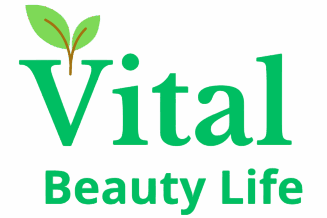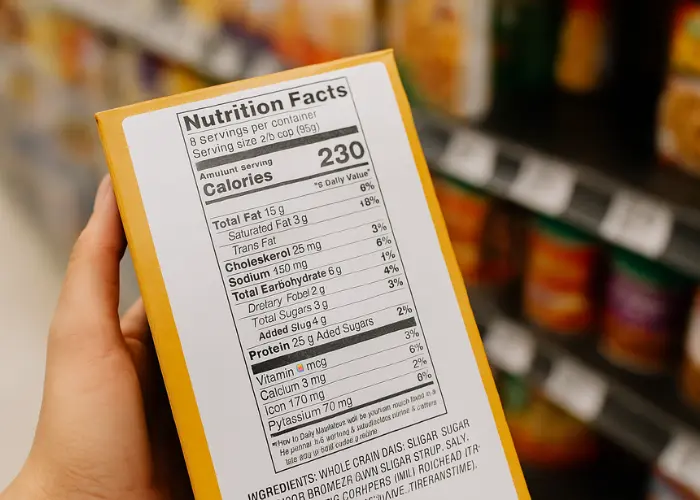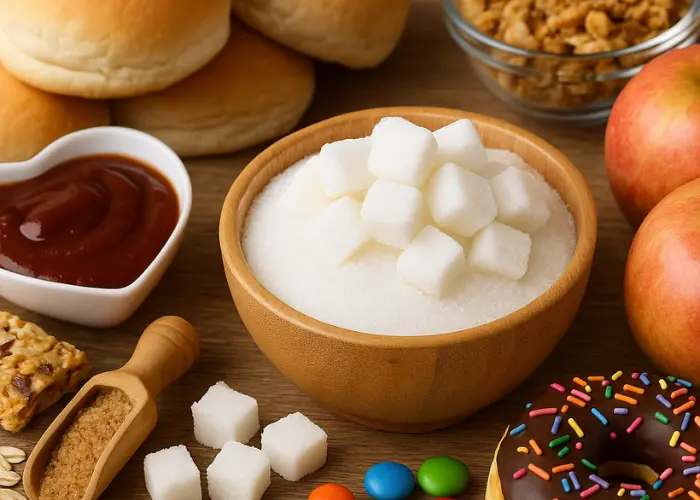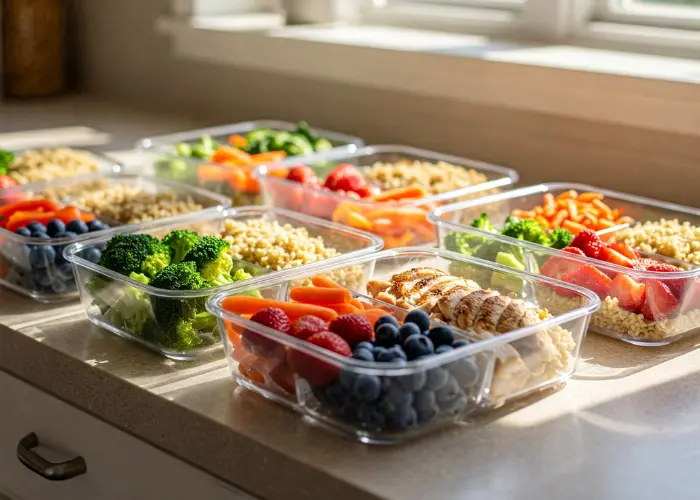Learn how to read nutrition labels like a pro and make smarter food choices for a healthier lifestyle with this simple, beginner-friendly guide.
Ever picked up a food package and felt totally lost reading the label? You’re not alone! Nutrition labels can seem overwhelming, but once you know what to look for, they become powerful tools for making healthier choices. Whether you’re trying to eat cleaner, manage your weight, or simply understand what you’re putting into your body, this guide will show you how to read nutrition labels like a pro.
Let’s break it down into simple, actionable steps—no science degree required!
Why Nutrition Labels Matter
Understanding nutrition labels is essential for anyone who wants to practice healthy eating. Labels give you key insights into what’s actually in your food—calories, nutrients, added sugars, and more.
The U.S. Food and Drug Administration (FDA) requires these labels to help consumers make informed choices. When used correctly, nutrition labels can support better meal planning, portion control, and even help prevent common diseases like obesity and heart disease. (CDC)
Start with the Serving Size
Serving Size is the foundation of the nutrition label. All the information below it—calories, nutrients, etc.—is based on this quantity.
- Pro Tip: If a package contains 2 servings but you eat the whole thing, you’ll need to double all the numbers on the label.
Understanding serving size helps you avoid underestimating calories and nutrients, especially with snack foods and beverages.
Check the Calories — But Don’t Obsess
Calories tell you how much energy you’ll get from a serving. This number matters if you’re managing your weight, but it’s not the only thing to watch.
- Aim for nutrient-dense foods (high in vitamins, low in empty calories).
- Avoid getting too many “hidden” calories from drinks or sauces.
Keep in mind that everyone’s caloric needs are different depending on age, activity level, and health goals. (NIH)
Scan for the “Big 4” Nutrients
These four nutrients are key players on most labels:
1. Total Fat (and Saturated Fat)
- Choose products low in saturated fat and trans fat.
- Healthy fats from nuts, seeds, and avocados are better choices.
2. Sodium
- High sodium can raise blood pressure—try to stay under 2,300 mg per day.
- Look for items labeled “low sodium” or “no salt added.”
3. Added Sugars
- These are sugars not naturally found in foods (think soda, candy, processed snacks).
- The American Heart Association recommends limiting added sugars to 25–36 grams per day.
4. Dietary Fiber
- Aim for at least 25–30 grams of fiber daily.
- Fiber supports digestion and helps you feel full longer.
Understand the % Daily Value (%DV)
% Daily Value helps you see if a food is high or low in a particular nutrient.
- 5% DV or less = Low
- 20% DV or more = High
For example, if a food has 25% DV of calcium, that’s a good source! But if it has 25% DV of sodium, maybe skip it.
Ingredient Lists Reveal a Lot
Ingredients are listed in order by weight, so the first few items matter most.
- Look for whole foods like whole grains, oats, vegetables.
- Avoid long lists with unrecognizable ingredients or chemical additives.
If sugar shows up under different names (like high-fructose corn syrup, cane juice, maltose), it’s often added multiple times.
Put It All Together for Smarter Choices
Reading nutrition labels gets easier with practice. Use them to compare products, check portion sizes, and aim for balanced meals.
Start small:
- Choose cereals with at least 3g of fiber and less than 8g of added sugar.
- Pick sauces or soups with under 500mg of sodium per serving.
- Go for snacks with short, clean ingredient lists.
Remember, food isn’t just fuel—it’s nourishment. The more informed you are, the more empowered you become.
Final Thoughts: Let Food Be Your Ally
Now that you know how to read nutrition labels like a pro, you can confidently navigate the grocery aisles and build meals that nourish both body and mind.
Want to keep learning?
💡 Check out our Healthy Eating Guide for Grocery Shopping or share this post with someone who needs it!
And don’t forget to leave a comment below — what’s a label trick you didn’t know about?



